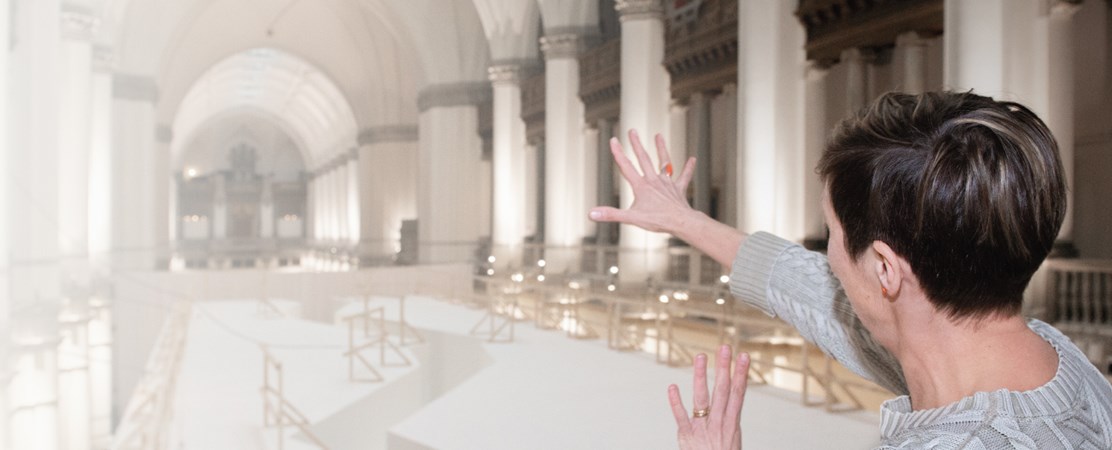New Alliances – While the Ice Is Melting. Interview with Guest Professor Lotten Gustafsson Reinius

By Elisabet Idermark, Senior Advisor International Relations, Stockholm University
In a three-year project, Stockholm University is working with the Nordic Museum in Stockholm in interdisciplinary research dialogue about the people in the Arctic against the backdrop of climate change. The objective is to bring together experts from different areas and connect research with public activities.
“In many contexts, the Arctic was long a symbol for the remote and the peripheral. In this project, the North is our starting point and the Arctic is at the centre. You could say that we have taken hold of the globe, turned it and looked at it from a northern angle,” explains Lotten Gustafsson Reinius, Professor of Ethnology, who has been leading research within the project. “We’ve asked a wide range of questions about the radical changes happening in the Arctic, but also used the museum’s collections to view the area from the perspective of cultural history. This has given us a multidisciplinary account that we now want to communicate to a broad audience.”
The project will be presented with a large exhibition at the Nordic Museum called The Arctic – While the Ice Is Melting. The changes are visualized by a large crevasse in an iceberg in the museum’s great entrance hall.
“The crevasse is also a metaphor for the existential crisis seen in the Arctic and elsewhere: division between nature and humanity, between man and animal, and between what happens in local everyday life and what is needed to achieve global change.”
As part of her Hallwyl visiting professorship, Reinius has worked with the Nordic Museum and various researchers since autumn 2016. Through multidisciplinary seminar series, she has engaged researchers from both natural sciences and humanities as well as the museum’s experts and artists. One of the seminar series was closed and academic, while another was entirely public. Lecturers and participants came from different universities and countries, and also from other Nordic museums with Arctic collections. The topics included themes like time and timelessness, climate and mountain tourism, the Arctic as a site of resource extraction, and the Arctic as a home. The public discussion presented research from Stockholm University through polar expeditions and collaboration with Sámi reindeer herding collectives, among other things. At each session the topic was also tied in to objects in the collections that were presented by the museum’s own experts.
“It can sometimes be difficult for museums to bring together the public and research, but we’ve been able to do so by building up a network of researchers around the big stories about everything that is happening in the Arctic. Everyone I have invited has said yes. The meetings between institutions, archives and subjects have paved the way for unexpected alliances, and this is something that will continue,” Reinius says.
With the project having laid the groundwork, the collaboration is now being confirmed through three activities: a multidisciplinary publication with some 40 authors, published in both Swedish and English; the exhibition that seeks, with many voices, to portray the Arctic, the changes taking place and the everyday lives of people there; and the Nordic Museum’s digital communication with the public.
“For the Nordic Museum, this is a long-term method development that ties research and public activities closer together,” Reinius concludes.
The exhibition The Arctic – While the Ice Is Melting opens in autumn 2019 and will continue for up to three years. The book Arctic Traces: Nature and Culture in Motion will be published through the Nordic Museum’s printing house in the autumn.
